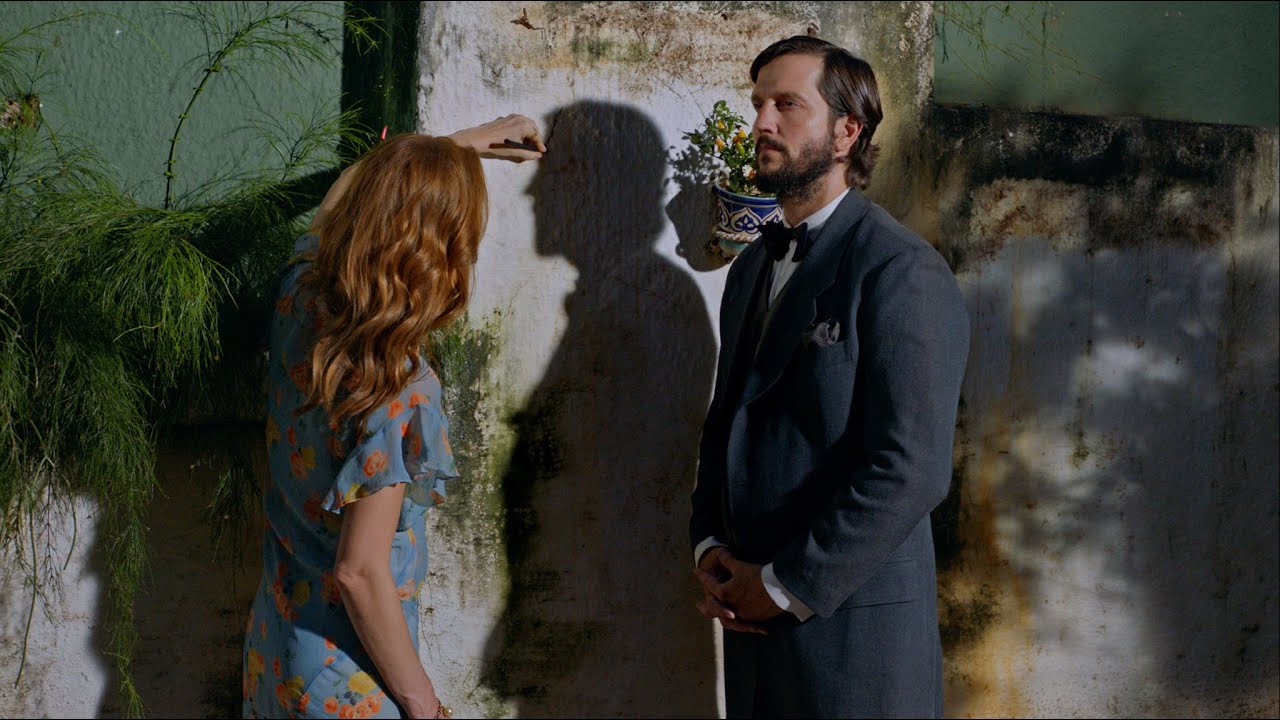Blog #2/22 Footage of an unknown
by Călin Boto
As a response to the program ‘Footage Fetish’. A video of the debate can be found here.
Having a footage fetish is outrageously sensual nowadays, when every eye and memory card is asking for abstention. In such an agora, the fetishist is up for an audiovisual bukkake.
Fetish
We haven’t figured out how to handle nowadays’ surplus of images. And it gets more pressing with every snapshot added to the chiaroscuro of the visible, where invisibility has its own darkroom. Fetishists, of course, find the unknown exciting, for their object of pleasure shouldn’t get full names; no mundane details but infinite shapes. It’s called cruising, has no gods – only saints – and many believers.
In 2005, Amy Taubin called footage fetishist no other than Jonas Mekas, and in a moment when “he had just begun to explore digital, nonlinear editing.” Berlin Critics’ Week knows of two others, both Brazilians and both experimental filmmakers: veteran Júlio Bressane and fresh-as-poppers André Antônio. The mystical tone of my opening sentences has a lot to do with Antônio’s Venus in Nykes. For within the film’s cheeky therapy talk between a homosexual Berghainer, who happens to be a masochist, and his trans psychologists one can peep glimpses of queer esotericism: dirty sex and flowers (as in Genet’s writings), the epiphany of being “more than a fag,” a mausoleum of rebellious erotica from Bataille through Jarman to Mapplethorpe, dense aphorisms on the subversion of submissiveness, and so on. Some come as props, others – as found-footage spectacle, and Antônio, a provocateur of meanings, remixes yesterday’s bravado with the one of today: club culture, online porn, Instagram erotica, etc.
As for Bressane, his Capitu and the Chapter, a “deformation” (his term) of Machado de Assis’ novel Dom Casmurro, is much more tamed in its sexual depiction, yet equally intertextually rich. Telling fragmented tales of oedipal love, othelloesque jealousy, telenovela adultery, and Brazilian poetry, the film arrives in its own rhythm at sodomy and masochism. And just like Venus in Nykes, Capitu and the Chapter creates dialectics between various species of images.
Footage
During the talk, in which the two cinéastes discuss their work with Lucía Salas, Chloé Galibert-Laîné, and Christopher Small, the concept of anonymous images pops up. Bressane is referring to the “outside” footage he used, originating from unknown or little-known films of his. By adding these sequences, he tried to translate Machado de Assis’s book into cinema, meaning that every insert of found footage takes the place of a chapter break: “While reading, you pay attention to a line. You pass the chapter, and the story continues, but you have to stop.” It’s crystal clear that the filmmaker suggests a broader understanding of literary discourse, in which so-called “conventional” or rather “utilitarian” infinitesimals have their share of ideas and ideals. Since cinema has a more fragile inner economy, no wonder things beg to pardon. For example, there is a moment when Capitu demasks (?) her husband’s preference for anal sex as a way of escaping heterosexuality and thinking of a certain man from his past. This is followed by two kinds of footage, one with a ghostly woman dancing and another showing men’s hats, somehow alluding Hans Richter’s Ghosts Before Breakfast. It sounds more pedantic than it appears; in fact, this ludic way of representing bisexuality has a rather erotic effect, showing us not only flesh but also suggesting some moral codes of a bygone era. And, as fetishes are the most social part of sexuality, there is nothing sexier than a gentleman who lives by night as a gentlequeer.
By declaring these images anonymous, Bressane isn’t entirely accurate, yet it sounds terrifically intriguing. In the end, we find out that he is the author of the found footage. We also get to know some of the authors of the visuals used by Antônio, because there is, of course, the amateur porn in Venus in Nykes, which might be unknown. When Bressane declares that his films are anonymous to him, we might remember what Jean Cocteau had to say about The White Book, that wonderful homophile novel (with queer anticipations), published anonymously in 1928 and attributed to him only later: “Who wrote it? Did I? Another? Probably. Are we not become others the moment after we’ve done writing? A posthumous book? That too is possible; are we not today yesterday’s dead?”
The history of sexuality hides millions of secrets; billions, if it’s queer. Not so long ago, explicit homosexual literature rarely had authors – before The White Book, there was Teleny, or The Reverse of the Medal (1893); even before that, there was The Sins of the Cities of the Plain (1881). Anonymity was the only way for some. Now, signatures are all over, and, as Antônio points out, people are less and less interested in engaging with any culture at all. Furthermore, he adds – due or thanks to such a state of affairs, both films have an irreverent and campy attitude, as someone who talks and knows that no one around cares. It’s not the ideal world for an artist, but it might be a relieving one for art. Still, I thought we’re over the need to choose the welfare of one of them over the other’s.

